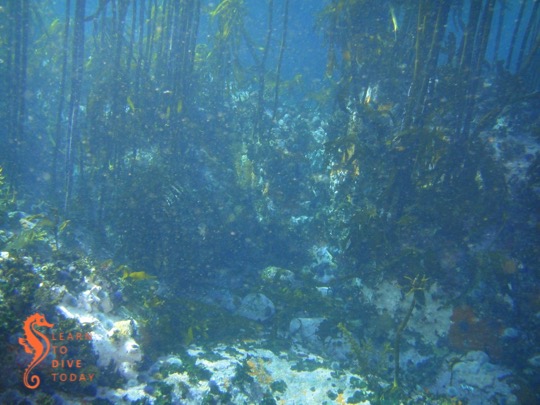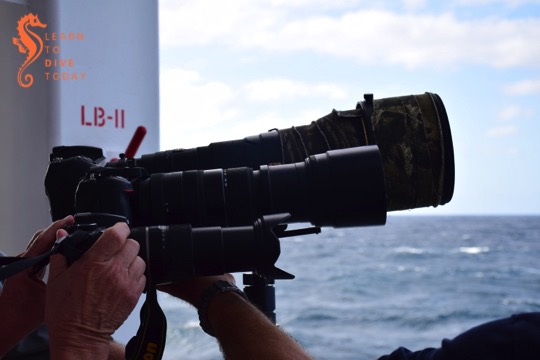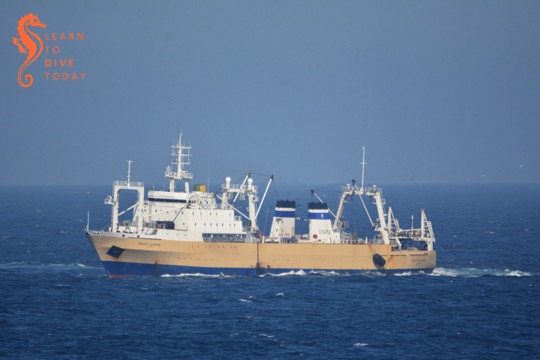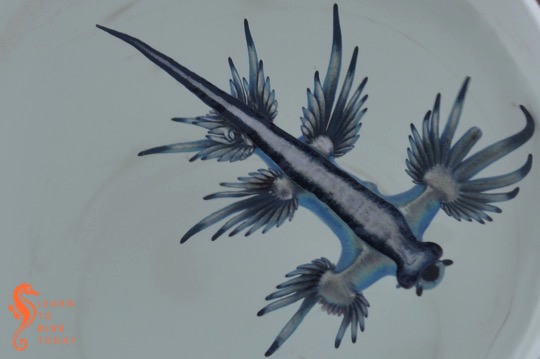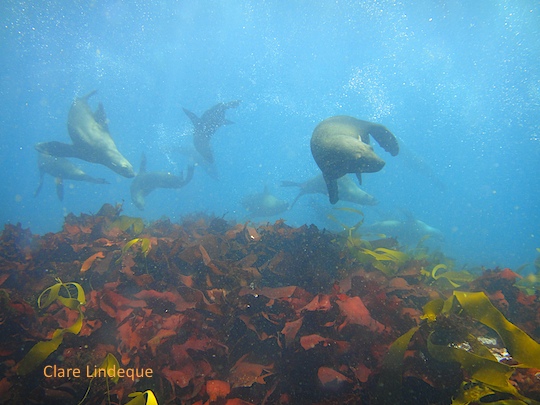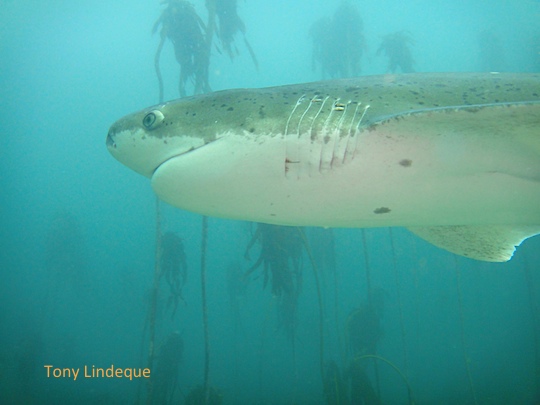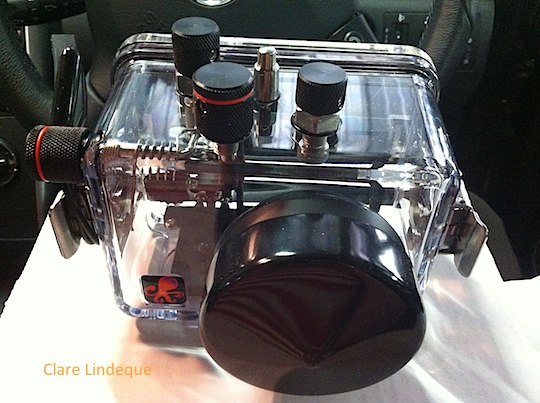Hi divers
Weekend dive plans
Friday: Shore dives at Long Beach at 8am
Saturday: Shore dives at Long Beach at 12pm
I have students so I will shore dive both tomorrow morning and Saturday afternoon, after the marathon road closures. Sunday and Monday don’t look like good weather days.
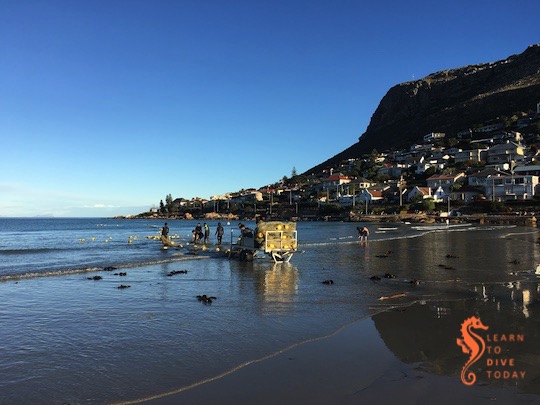
City Nature Challenge
Besides a few days of challenging weather for the long weekend there is a different and way more interesting challenge heading your way: the iNaturalist City Nature Challenge 2019. This is a worldwide bioblitz event, happening this year from 26-29 April, during which you get a chance to get outdoors, spot species, and do some citizen science.
Cape Town is participating! If you like competition, we’re pitted against other cities around the world (last year San Francisco had the most observers, who saw the most species, and logged the most observations). Otherwise, it’s a fun opportunity to go diving (or hiking, or paddling, or however you like to get outside), and to share what you see with others.
With the iNaturalist app (for iOS or Android) or on the website, you can photograph (or upload photos you took with your camera) and record all kinds of wildlife and plants. You don’t even have to know what you’re seeing – experts will weigh in with identifications if you are unsure. These citizen science observations are invaluable for mapping species diversity and distribution and are used for all sorts of projects. You can use the iNaturalist app (or website) any time, not just during the City Nature Challenge, and it’s a great tool for recording flora and fauna that you come across, even in your own garden.
On Wednesday 24 April, Georgina Jones is giving a talk at False Bay Underwater Club about the challenge, and the sorts of species you could spot and record. More details on the facebook event page.
We’ll be diving next weekend, conditions permitting, and hope to have some observations to contribute to the City Nature Challenge. We’d love it if you joined us.
regards
Tony Lindeque
076 817 1099
www.learntodivetoday.co.za
www.learntodivetoday.co.za/blog/
Diving is addictive!
To subscribe to receive this newsletter by email, use the form on this page!








